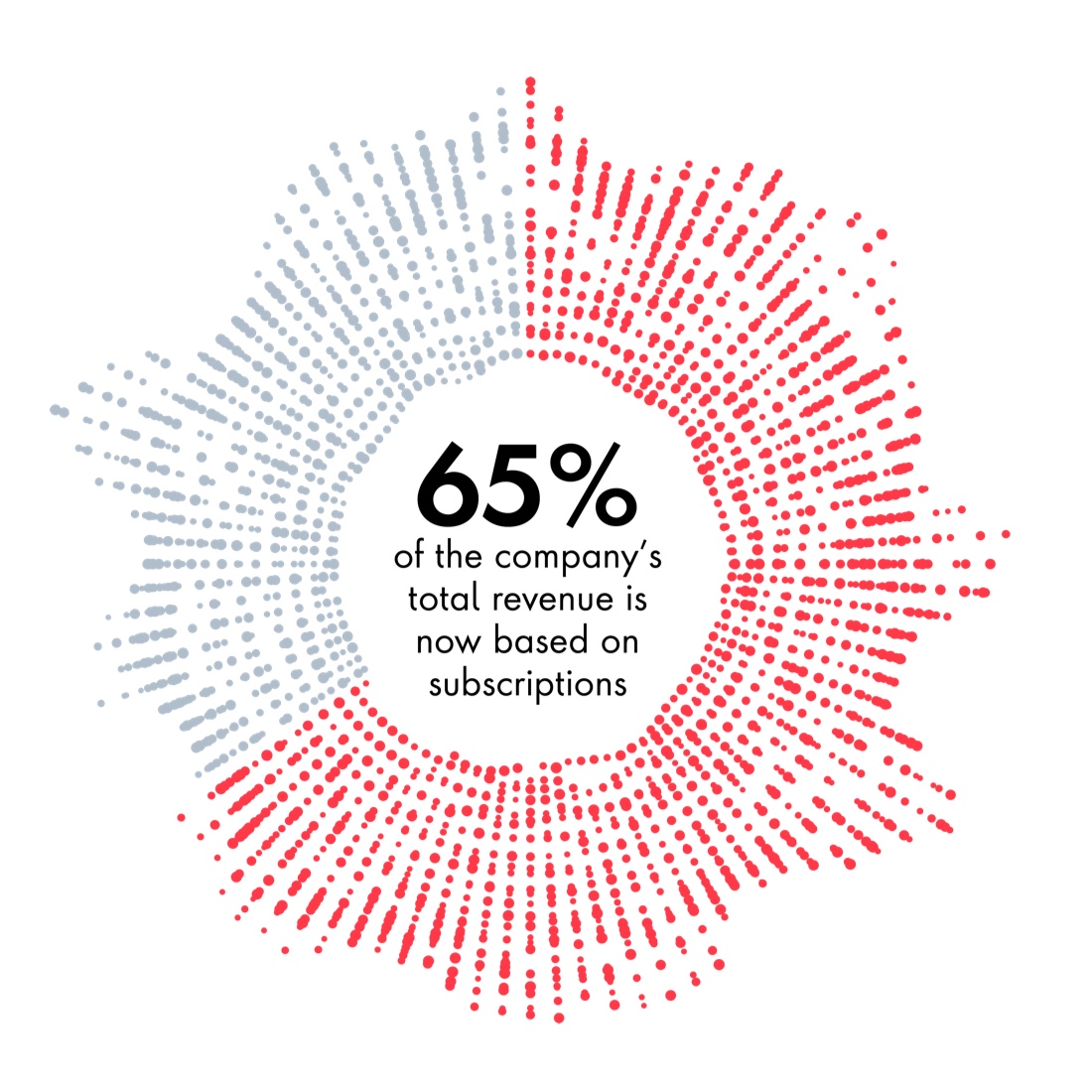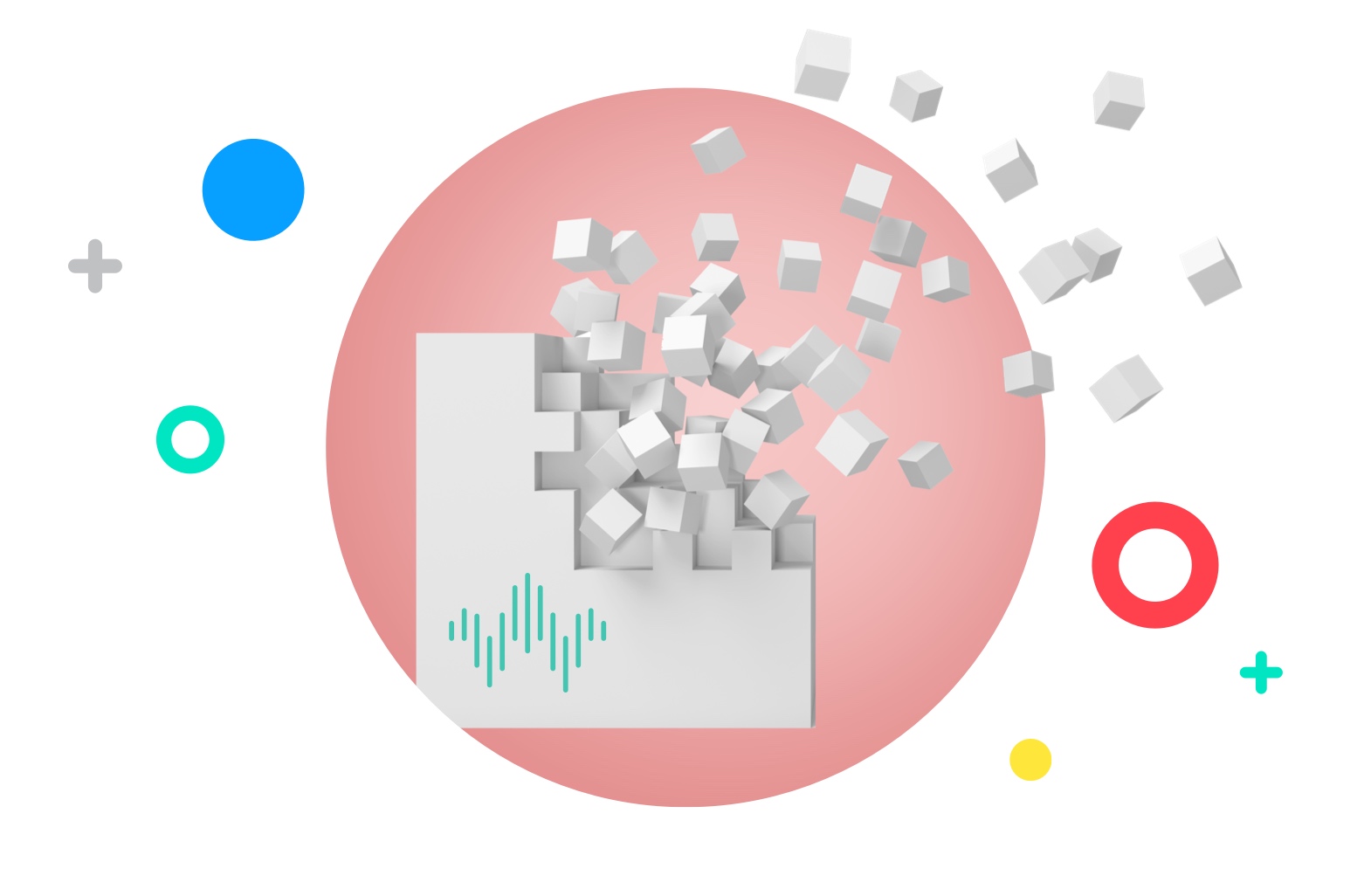What issue can we solve for you?
Type in your prompt above or try one of these suggestions
Suggested Prompt



Insight
From Product Company to D2C Services Company, With the Help of a Customer Data Platform
From Product Company to D2C Services Company, With the Help of a Customer Data Platform
Businesses want a direct connection to their consumers—now more than ever. Companies want (and in today’s market need) to sell directly to consumers, and they are realizing the importance of having a customer data platform (CDP) to do so. Many businesses that relied on partners (such as consumer goods companies selling through retailers) are finding they need all customer data in one place to personalize in real time, create unique and meaningful experiences for consumers and drive loyalty through engagement.
CDPs unlock data that can be stuck in an organization’s silos—or stuck in third-party agreements with partners that prevent data sharing. Companies that sell products to consumers, not retailers, need to have their act together in terms of data. They are competing with retailers now, and this is what it will take.
Case Study
Data Opens Doors to New Customers
Publicis Sapient worked with a client that had a treasure trove of data from its 700 products sold to millions of customers through traditional distribution channels. The data was there, but it was scattered, making insights hard to capture. We helped them organize and catalog the data, determine compliance, and aggregate it into a single CDP, making the information accessible from across the business.
By combining first-party data from their consumers, second-party data from wholesale partners, point-of-sale data and third-party data, the business is closing the consumption loop and understanding the entire journey of its products—from creation into the consumer’s hands.
This new level of understanding creates value in two ways: the company has the integrated data it needs to sell directly to consumers, and also to deliver experiences that build meaningful relationships and help people discover products.

The company is using data from transaction histories, consumption information and preferences to create consumer profiles that they can act on. For instance, by learning about consumers’ likes and dislikes, the business is making relevant product suggestions, such as new flavors. People are responding to this personalized content by coming back for more. In fact, so many customers moved to auto-replenishment, 65% of the company’s total revenue is now based on subscriptions, and the business is top in its industry.

Go Direct to Results
Having customer data in one place opens a world of possibilities to develop strong relationships by anticipating customers’ needs and delivering the exact products and experiences they want. In just a short time, consumer product businesses can transform into a data-driven, direct-to-consumer powerhouse.
Related Reading
-
![Customer Data Platforms]()
Customer Data Platforms
How to connect, control and capitalize on your data across channels and audiences.
-
![]()
Solution: CDP Quickstart
Accelerate digital business transformation with a Customer Data Platform in just one week.
-
![]()
Intelligence-Driven Consumer Products Firm
How can CP firms become data-driven at their core?







